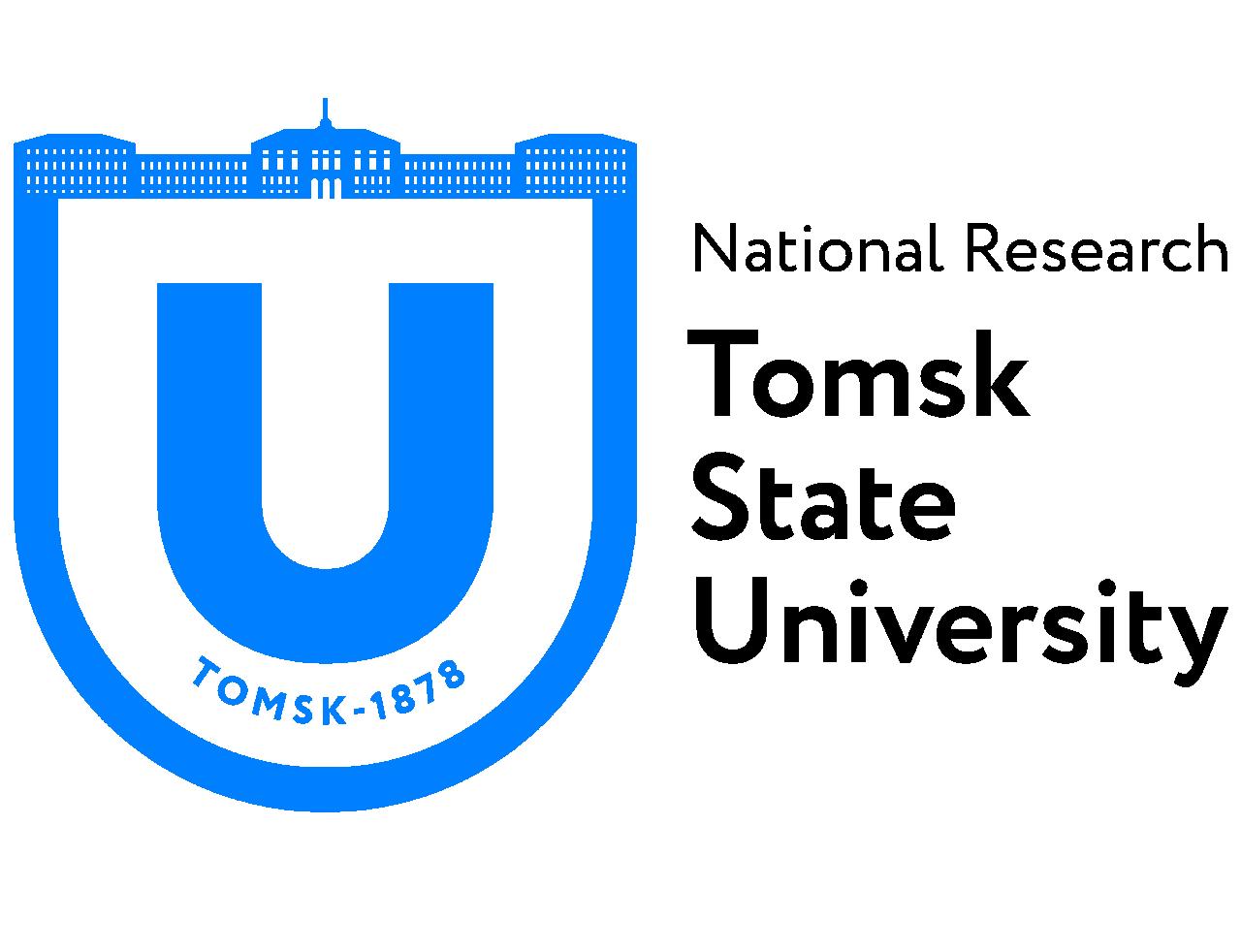Tomsk State University: TSU gathered experts to discuss the Greater Eurasian Partnership
Tomsk State University, in alliance with the Russian International Affairs Council, ASEAN-Centre at MGIMO University, and an expert club Siberia-Eurasia, organized an international scientific conference, ‘The Greater Eurasian Partnership: Eastern Point of View’, supported by the Presidential Grants Foundation. The event brought together around 250 participants from all over Russia, as well as from China, Mongolia, CIS countries, and Southeast Asia. Historians, politologists, and economists discussed the current approaches and assessments of the concept of the Greater Eurasian Partnership as seen by experts from China and Southeast and Central Asia.
The speakers at the conference were experts on China’s foreign policy, China–Russia relations, and international interactions in Central and Southeast Asia. Eduard Belyaev, the TSU Rector’s board adviser, senior lecturer at the Department of World Politics, TSU Faculty of History and Political Studies, noted that international experts’ participation was strengthened by “the excellent team of experts from the Russian International Affairs Council and ASEAN-Centre in MGIMO University.”
As Eduard Belyaev explained, the conference was dedicated to the Greater Eurasian Partnership, to assess the degree and feasibility of its implementation.
“It’s not a business project that will last a day or two. It’s a greater, you could say philosophical, multivector concept for a hundred years forward, a paradigm of the possible Eurasian development. Such things are to be thoroughly discussed and analyzed by experts,” he said. “Despite busy schedules, all the external experts were very eager to participate in the conference. It led to some of them demonstrating the ‘miracles of juggling’. For example, Kubatbek Rakhimov (Kyrgyzstan) gave his speech online from Nizhny Novgorod airport at 6 a.m. He was coming back home from the Valdai Discussion Club session.”
Two participants in the plenary session ‘Greater Eurasia: Areas of Cooperation vs Zones of Confrontation’ joined in person: Sergey Afontsev, deputy director of the Institute of World Economy and International Relations of the Russian Academy of Sciences and a corresponding member of RAS; and Mikhail Karpov, associate professor at the Faculty of World Economy and International Affairs and the School of Asian Studies, National Research University Higher School of Economics. They were joined by
Vladimir Petrovsky, research fellow at the Institute of Far Eastern Studies of the RAS.
Altogether there were 20 presentations, including sessions ‘The role of China in the Development of the Greater Eurasian Partnership. Russian and Chinese Assessments’ and ‘Russia and Southeast Asia: Experience and Prospects for Economic Cooperation’. Experts provided detailed analytics, assessments, and forecasts of the current international situation, as well as recommendations for Russian foreign policy and various international relations.
One of the speakers for the session ‘Central Asia – Eurasian Integration?’, Evgeny Troitskiy, professor at the TSU Department of World Politics, described his vision for Central Asian integration in the emerging international landscape.
“We are witnessing a change of the world order. It’s a historic moment when national security interests and political interests prevail over economic interests, and reform, or even often deform, the existing formats of economic and humanitarian cooperation. Through geopolitical uncertainty, I think, we can see the emerging silhouette of a new, three-level structure of international relations,” said Evgeny Troitskiy in his speech.
On the first level of this structure we have three great powers: the US, China, and Russia. On the second level are ‘middle powers’ like the European Union, weakened by Brexit, Japan, and India. The third level is major regional powers: Turkey, Iran, Pakistan, Indonesia, Korea, Brazil, and Republic of South Africa. This system is taking shape right now, which gives states some margin for geopolitical movement.
“What are the possibilities for positioning and developing a Central Asia subsystem in this three-polar world? The first option is the formation of a Eurasian subsystem with Russia at its core. The second option is the continuation of the current trend: China involving the East Asia subsystem in the sphere of its economic and political gravity. The next option is consolidating the Central Asian subsystem. The fourth is the forming of a Central and South Asian subsystem. The fifth option is the split of the Central Asian subsystem into pieces, with one part joining the Eurasian subsystem, another joining the East Asian, and maybe another part going on its own. And finally, the last option is the disintegration of the regional subsystem – just a region without structure,” Evgeny Troitskiy explained.
The conference organized at TSU fit in well to an up-trend, notes Eduard Belyaev. In the last three weeks the Russian expert community has discussed issues of international relations in the current situation on the highest levels: some of these include the 30th Assembly of Council on Foreign and Defense Policy; the Valdai Club session in Nizhny Novgorod dedicated to the problems of Central Asia; and an online meeting between TSU representatives and Andrey Bezrukov, of the Council on Foreign and Defense Policy.
“Our conference continued this trend well and then passes the baton to St. Petersburg International Economic Forum on June 15-18, where similar issues will be an objective. This is going to be some kind of crescendo. To sum up our conference, I can say that Tomsk State University became a good convergence point for an international team of specialists and experts. We were able to catch, amplify and transmit into the Russian and international information space an impulse – our call towards strengthening international integration in economics in our difficult international political situation,” adds Eduard Belyaev.
Representatives of partner organizations and organizers expressed hope for continuing cooperation, including this conference and other interdisciplinary research projects that promote the Greater Eurasian partnership among interested parties such as universities and scientific organizations, business, and regional authorities.

